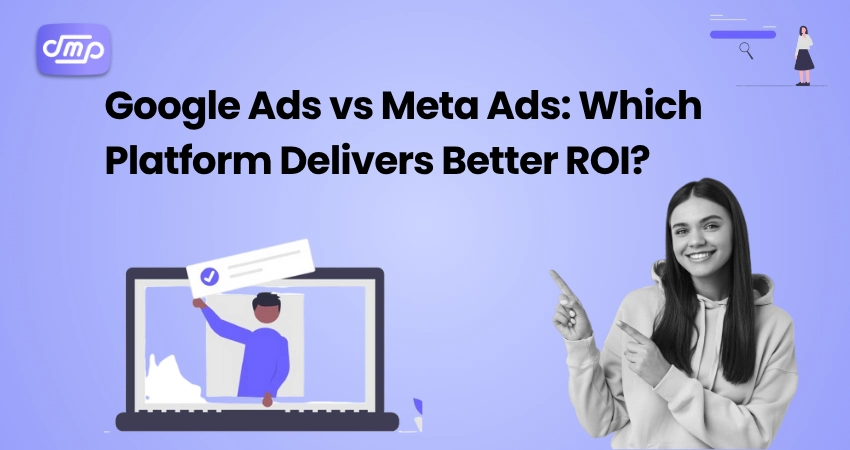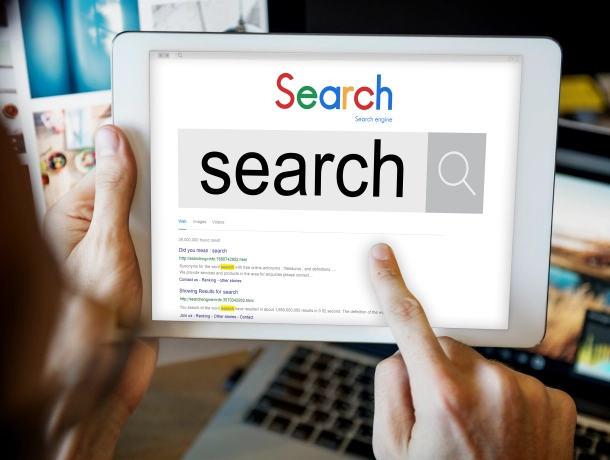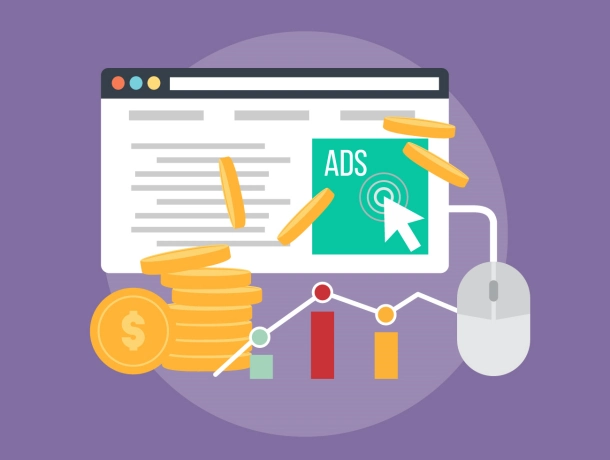
- October 14, 2025
- Digital Marketing
- Digital Marketing
Table of Contents
In today’s digital-first world, advertising your business online is no longer optional — it’s essential. Businesses of all sizes invest in paid campaigns to reach potential customers, generate leads, and maximize ROI. Two of the most popular platforms for paid advertising are Google Ads and Meta Ads (Facebook and Instagram).
Choosing the right platform can make a significant difference in your ad spend efficiency. While both platforms have proven results, each offers unique advantages that can impact your return on investment (ROI). In this blog, we’ll dive deep into Google Ads vs Meta Ads ROI and help you determine which platform is best suited for your business.
Understanding Google Ads

What is Google Ads?
Google Ads is a pay-per-click (PPC) advertising platform that allows businesses to show ads in Google search results, YouTube, and partner websites. Ads appear when users actively search for specific keywords, giving businesses access to high-intent audiences.
Key Features of Google Ads
- Keyword Targeting: Ads trigger based on specific keywords that potential customers use.
- Ad Formats: Includes Search Ads, Display Ads, Shopping Ads, and YouTube Video Ads.
- Bidding Strategies: CPC (Cost Per Click), CPM (Cost Per Thousand Impressions), CPA (Cost Per Acquisition).
- Ad Extensions: Adds extra information such as phone numbers, sitelinks, and location, improving click-through rates (CTR).
Advantages of Google Ads for ROI
- High-Intent Audience: Users are actively searching for solutions, which increases the likelihood of conversions.
- Detailed Analytics: Google Ads integrates with Google Analytics to track clicks, impressions, conversions, and cost per conversion.
- Scalability: Easily adjust budget and bid strategy based on campaign performance.
- Local Targeting: Great for businesses targeting specific locations or regions.
Understanding Meta Ads (Facebook & Instagram Ads)

What are Meta Ads?
Meta Ads are paid social media campaigns on Facebook and Instagram. They allow businesses to target users based on demographics, interests, behaviors, and engagement history, rather than active search intent.
Example: A new organic skincare brand can target women aged 25-40 who follow wellness pages or engage with beauty content — even if they haven’t searched for your products yet.
Key Features of Meta Ads
- Advanced Audience Targeting: Build audiences using demographics, interests, past behaviors, and custom/ lookalike audiences.
- Ad Formats: Stories, Reels, Carousel Ads, Video Ads, and Collection Ads.
- Retargeting: Re-engage users who visited your website or engaged with your content.
- Creative Flexibility: Focus on storytelling, visuals, and interactive content.
Advantages of Meta Ads for ROI
- Brand Awareness & Engagement: Ideal for creating connections with your audience.
- Cost-Effective CPC: Often lower cost per click compared to Google Ads.
- Visual Marketing: Highly effective for products that rely on visuals to drive interest.
- Audience Insights: Provides rich data for understanding your target audience.
Google Ads vs. Meta Ads: ROI Comparison
- Cost Efficiency:
- Google Ads: CPC is often higher due to competitive bidding, but the leads are high-intent, which can result in higher ROI per conversion.
- Meta Ads: CPC is generally lower, making it attractive for awareness campaigns or retargeting.
- Example: A SaaS company may spend $5 per click on Google Ads but convert 10% of users. The same campaign on Meta Ads might cost $1 per click but convert only 2%. ROI calculation depends on the value of each lead.
2. Audience Targeting:
- Google Ads: Best for intent-based targeting. Reaches people actively searching for a solution.
- Meta Ads: Best for interest-based targeting. Reaches people who may not yet be searching but fit your ideal customer profile.
- Example: Google Ads works well for “buy now” searchers, while Meta Ads works well for awareness campaigns, retargeting, and impulse purchases.
3. Conversion Tracking & Analytics
- Google Ads: Tracks conversions via Google Analytics; helps understand customer behavior and optimize bidding.
- Meta Ads: Uses Meta Pixel to track website visits, conversions, and engagement.
- Insight: Accurate tracking is key to calculating ROI and adjusting ad strategies.
4. Industry-Specific Performance
- B2B Businesses: Often achieve higher ROI with Google Ads due to search intent.
- B2C Businesses: May see better ROI with Meta Ads for visually appealing or lifestyle products.
- Example: An e-commerce fashion brand may achieve a 3:1 ROI on Meta Ads but 2:1 on Google Ads, while a local IT service may achieve 4:1 ROI on Google Ads.
Which Platform is Better for Your Business?
Choosing the right platform depends on:
- Your Business Goals: Lead generation, sales, or brand awareness.
- Budget Considerations: Meta Ads may be more affordable for awareness campaigns; Google Ads for conversion-driven campaigns.
- Audience Type: B2B vs B2C, online behavior, and purchase cycle.
- Testing & Optimization: Run small campaigns on both platforms and track performance before scaling.
Pro Tip: Many successful marketers use a hybrid approach:
- Google Ads for high-intent, bottom-of-funnel traffic.
- Meta Ads for awareness, retargeting, and nurturing leads.
Actionable Tips to Maximize ROI
- Use Conversion Tracking: Set up Google Analytics and Meta Pixel properly to track ROI accurately.
- Segment Your Audience: Tailor ad creatives and targeting based on demographics, behaviors, and purchase intent.
- A/B Test Your Ads: Test multiple ad copies, visuals, and formats to see what converts best.
- Optimize Landing Pages: Ensure your landing pages are fast, mobile-friendly, and persuasive.
- Monitor Frequency & Fatigue: Avoid overexposing your audience to the same ads.
Conclusion
Both Google Ads and Meta Ads offer significant opportunities to grow your business.
- Google Ads: Excels at capturing high-intent traffic and driving conversions.
- Meta Ads: Excels at building brand awareness, engagement, and nurturing potential customers.
Ultimately, the platform that delivers better ROI depends on your business type, goals, budget, and audience. Testing, tracking, and refining your campaigns continuously is the key to maximizing ROI.
Businesses that leverage both platforms strategically — using Google Ads for conversions and Meta Ads for engagement and retargeting — often achieve the best results.











